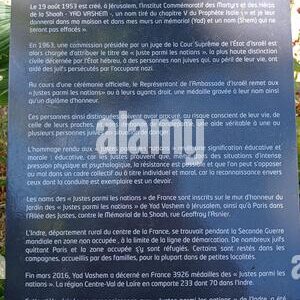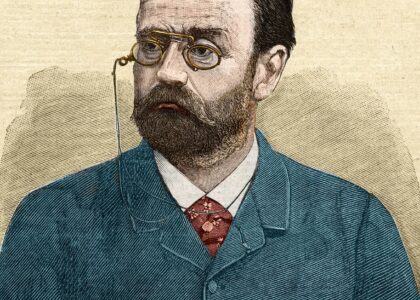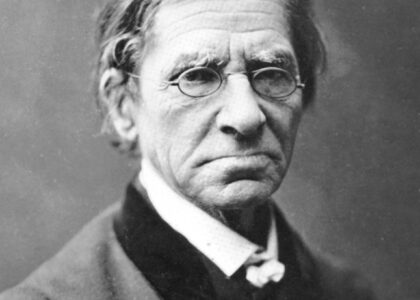Imagine standing before a towering brick cylinder, etched with the symbol of two eagles. This is the Bicentennial Time Capsule, a remarkable piece of history located in Macon, Georgia. Crafted to commemorate the United States’ 200th anniversary in 1976, this time capsule is not just a container of memories but a testament to the country’s spirit of celebration and anticipation for the future.
Designed by the Middle Georgia Chapter of the American Institute of Architects and constructed by The Home Builders Association of Macon, the capsule stands at about 7 feet tall and 5 feet across. It might be easy to mistake this monumental cylinder for an oversized post, but its purpose is far more significant. It hides within it a collection of artifacts and messages intended to capture the essence of the era in which it was sealed.
Scheduled to be opened on July 4, 2076, the nation’s tricentennial, the time capsule is a bridge to the future, a silent witness to the changes the world will undergo over a century. It has seen its share of wear and tear; by 2014, it required a power wash but remained in good condition, a testament to the craftsmanship and materials used in its creation.
The location of the capsule outside the Grand Opera House adds an element of cultural significance, blending the arts with a commemorative landmark. The setting itself, a venue for creativity and expression, complements the time capsule’s role as a preserver of history.
The Bicentennial Time Capsule is more than just a sealed container; it is a symbol of hope and a reminder of the past. It invites us to think about the continuity of history and the stories we leave behind. As we await its opening in 2076, it stands as a quiet guardian of memories, waiting to share its secrets with future generations.






